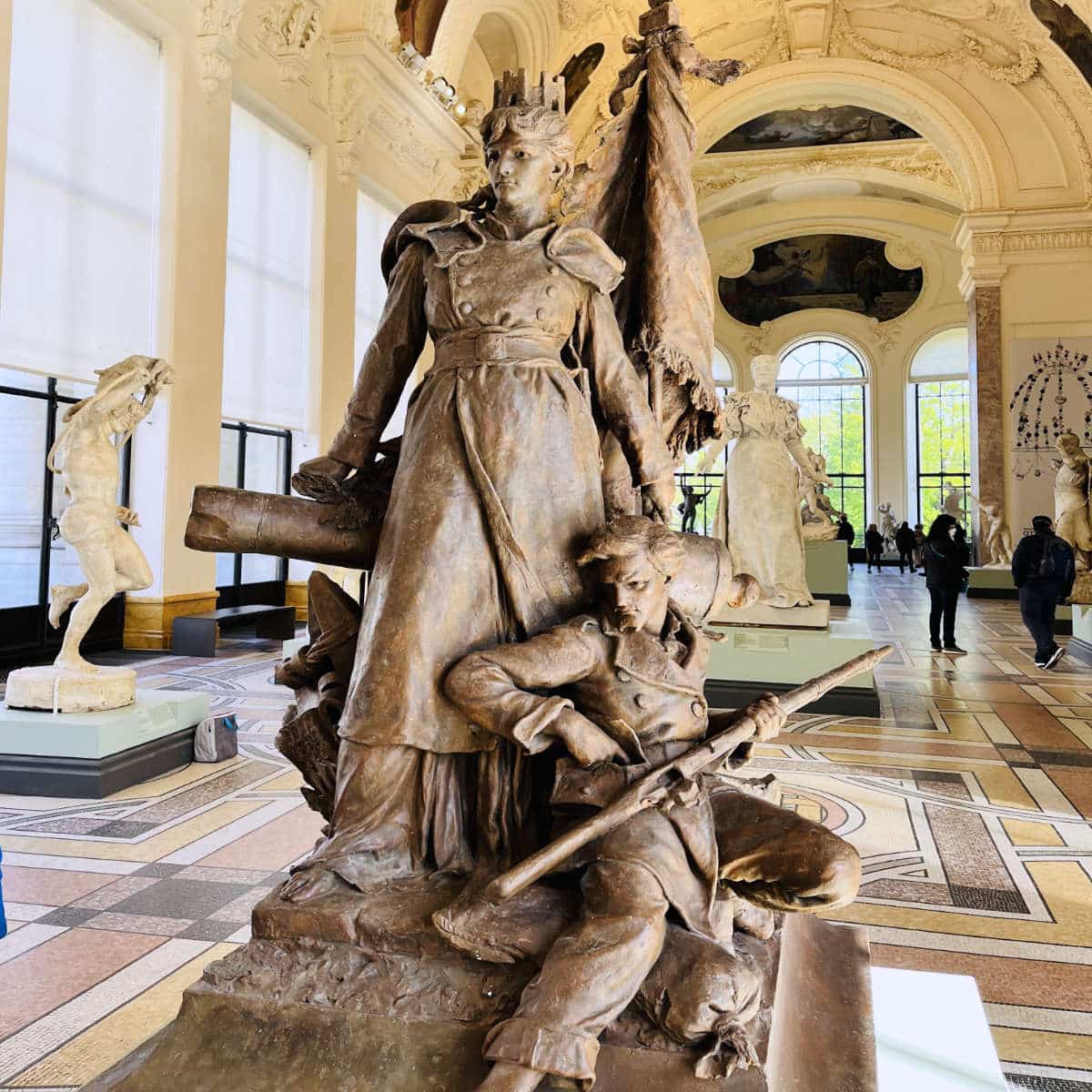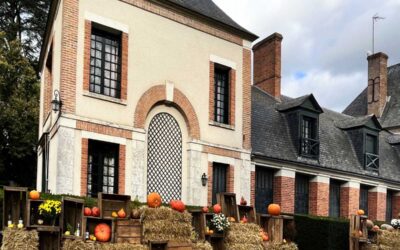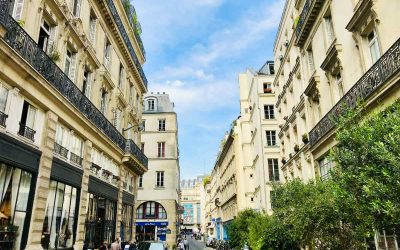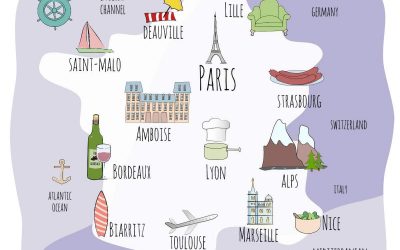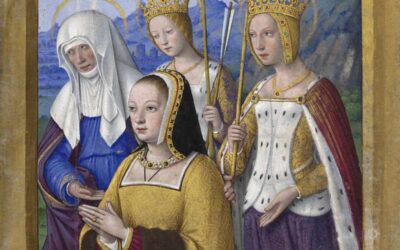The Franco-Prussian War of 1870 may be a relatively small chapter in the history books of France, but this was a war that paved the way for World War I and its sequel, World War II. Talk about a war trilogy!
In the never-ending saga of France versus Prussia (now Germany), this was the episode that left a lasting impression on the psyche of Europe. It was another notch in the never-ending game of “tag, you’re it” but with artillery and the rail.
The Germans came out on top in 1870, and the French? Well, they were left nursing their wounded pride. This 19th century clash of empires set the stage for Europe’s 20th century calamities, bringing suffering to millions.
So let’s find out a few facts about the 1870 Franco-Prussian war and its enduring history, shall-we? Allons-y!
- 1. Emperor Napoleon III of France wanted to regain some territories.
- 2. Otto van Bismarck and King Wilhelm I of Prussia wanted to unite Germany.
- 3. The Ems Dispatch, vacant Spanish throne and Austrian alliance contributed to the start of war.
- 4. Before the war, the Thiers wall was constructed around Paris.
- 5. The Germans had an army of reservists, while the French did not.
- 6. France declared war on 19 July 1870.
- 7. France had no allies.
- 8. The French lost the Siege of Metz.
- 9. Napoleon III was captured at the Battle of Sedan.
- 10. The French hastily declared a new government.
- 11. The Prussians laid Siege to Paris.
- 12. The French tried to regroup in the provinces.
- 13. Château Malmaison was taken over by the Prussians.
- 14. Palais de Versailles was taken over as Prussian headquarters and hospital.
- 15. Paris surrendered after a four month seige.
- 16. The Armistice was agreed to and Treaty of Versailles was signed.
- 17. A new German Empire was born.
- 18. France agreed to pay 5 billion franc war indemnity.
- 19. Alsace and parts of Lorraine became part of Germany.
- 20. The German army marched around the Arc de Triomphe.
- 21. Emperor Napoleon III remained in exile.
- 22. Otto van Bismark was highly celebrated.
- 23. The Place de la Defense commemorates Paris's defenses.
- 24. The Paris Commune riots broke out in 1871.
- 25. Margarine was invented during the war.
- 26. The Sacre Coeur Basilica was built due to France's loss in the war.
- 27. Metro stations in Paris were named after it.
- 28. Several poems were written about the war.
1. Emperor Napoleon III of France wanted to regain some territories.
Before the Franco-Prussian war, France was ruled by Emperor Napoleon III, the nephew of Napoleon Bonaparte. Napoleon III had seized power and declared himself Emperor in 1852, following in the footsteps of his uncle.
In addition under his reign, France had gained status as one of the dominant power of Europe as a result of the Italian wars of Independence of 1859. The war had resulted in the Treaty of Turin where France had gained the lands of the former Duchy of Savoy, including cities like Chambéry, Annecy, and Nice.
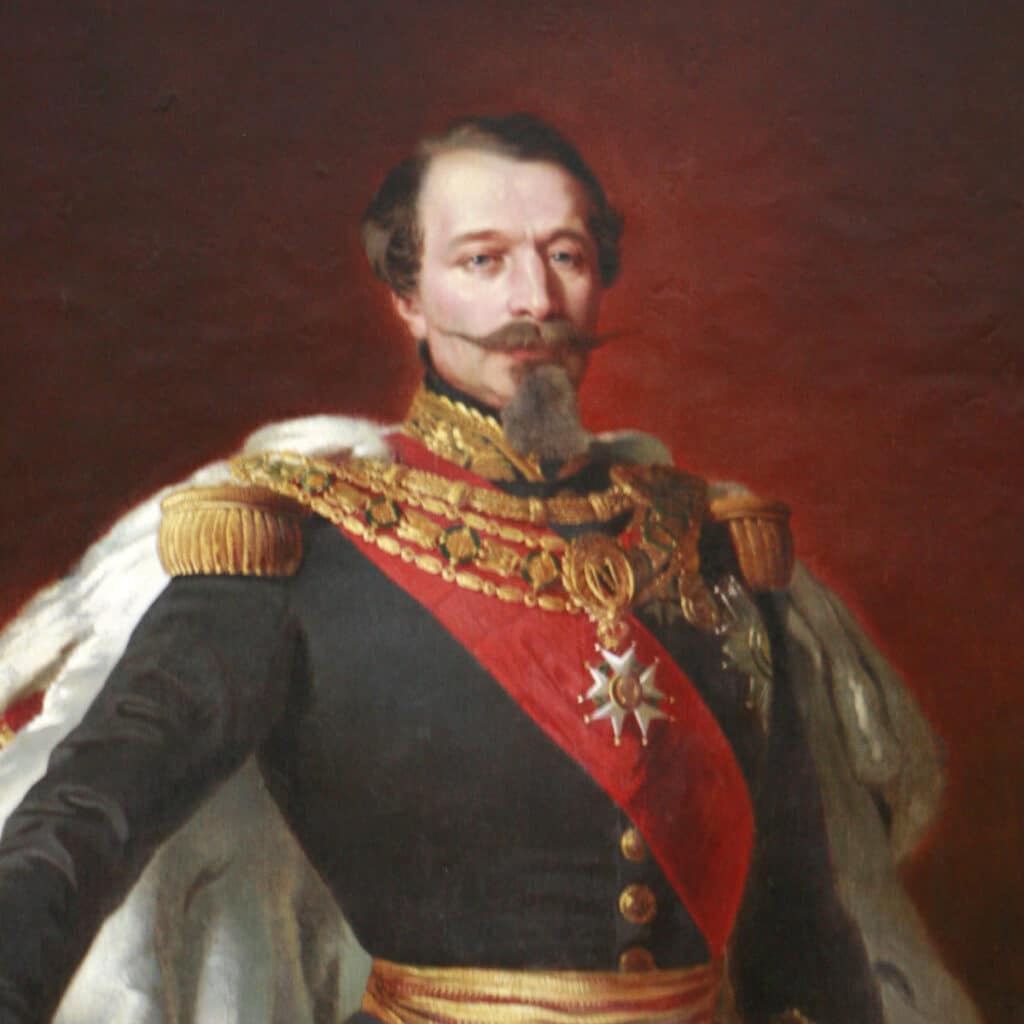
Bellicose after victory, the French and Napoleon III himself believed they would win a conflict with the German states (which were not united).
The defeat of his uncle (the original Napoleon) in 1814 a few decades earlier meant that France had lost some territories around Luxembourg and Belgium, which Napoleon III now tried to get back.
2. Otto van Bismarck and King Wilhelm I of Prussia wanted to unite Germany.
On the other side opposing Napoleon III, was the powerful Otto, Prince of Bismarck. Otto was a strong-willed German politician who also had been the former German ambassador to France, knowing it well.
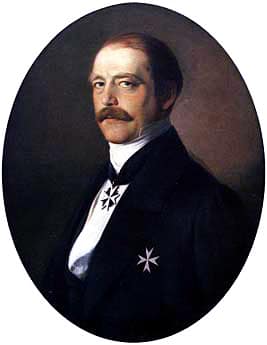
Germany had existed as a collection of hundreds of separate principalities and Free Cities since the formation of the Holy Roman Empire. At the time, German states consisted of several principalities loosely bound together as members of the German Confederation.
In 1862, King Wilhelm I of Prussia appointed Otto van Bismarck as Minister President and Foreign Minister. He was a strong advocate for the unification of the German states into what would become the German Empire.
Bismarck used both diplomacy and the Prussian military to get the other German states in line, making Prussia the dominant state in the German federation. (Austria was defeated in 1866 and excluded from Bismark’s unified Germany to avoid diluting his power base.)
3. The Ems Dispatch, vacant Spanish throne and Austrian alliance contributed to the start of war.
The immediate cause of the war resided in the candidacy of Leopold of Hohenzollern-Sigmaringen, a German prince on the vacant throne of Spain. France feared encirclement by an alliance between Prussia and Spain.
At the same time, Prussia feared that France would build alliances with Austria and be encircled itself.
The German prince’s candidacy was withdrawn under French diplomatic pressure, but Bismarck goaded the French into declaring war by releasing an altered summary of the Ems Dispatch. This was a telegram sent by Prussian King Willheim I rejecting other French demands.
In Bismarck’s summary, it made it sound as if the Prussian King had treated the French envoy in a demeaning fashion, which enraged public opinion in France.
4. Before the war, the Thiers wall was constructed around Paris.
The threat of war was high. Between 1841 and 1844 a large wall was built around Paris to keep out foreign armies. The Thiers wall was the last of the defensive walls of Paris, before the idea of city walls was abandoned.
The idea was the brainchild of Adolphe Thiers, a French politician. In the end, it did not work very well as the Prussian army had no problem invading and going around the wall during the war.
5. The Germans had an army of reservists, while the French did not.
The Prussian army required the entire male population to serve for a period of time, which produce a substantial number trained reservists that could be called upon to mobilise.
The French army on the other hand, allowed the rich to defer or pay off enlistment, which resulted in a much smaller professional army made up of lower classes.
6. France declared war on 19 July 1870.
With the Ems dispatch of 13 July 1870 boiling tensions, a crowd of 15,000–20,000 people carrying flags and patriotic banners, marched through the streets of Paris, demanding war.
French mobilization was ordered early on 15 July. Within 48 hours, the Prussians, Bavaria, and Baden all also mobilized their forces. On 19 July 1870, the French sent a declaration of war to the Prussian government.
7. France had no allies.
Decades after Napoleon Bonaparte rampaged through Europe, France and Emperor Napoleon III had no major allies across Europe. The Austrians, Italians and Danes were all wary of entering into an alliance with France.
The quick advance by the Prussians ensured that there was not much time for any potential allies to enter the war.
8. The French lost the Siege of Metz.
Napoleon III and the French army set off towards the French border and the Rhine river, expecting to confront the Prussian army, which was numerically larger.
After several battles were lost, the French armies fell back towards the city of Metz which was laid seige by 150,000 German soldiers. After from August 19 to October 27, 1870, Metz was under siege before a decisive Prussian victory.
9. Napoleon III was captured at the Battle of Sedan.
After losing Metz, Napoleon III and his army or 80,000 fell back. The decisive battle of Sedan was fought on 1 September 1870. With his army in tatters, Napoleon III surrendered and was taken prisoner.

Raising a white flag over his troops fortification, he sent a messenger to the King Wilheim I:
“Monsieur my brother, not being able to die at the head of my troops, nothing remains for me but to place my sword in the hands of Your Majesty.
Napoleon III on surrender to the Prussians
10. The French hastily declared a new government.
When the news arrived at Paris of the defeat at Sedan, large protests took place on the streets. Three days later on 4 September, a new government calling itself the Government of National Defence and the 3rd Republic was declared in Paris.
However, the French “Government of National Defence” had no electoral mandate, the Napoleon III was a prisoner of war and his wife Empress Eugenie fled into exile.
The Prussians were not sure who to negotiate with in the new French Republican government and the French army was still bound by an oath of allegiance to the old imperial régime.
11. The Prussians laid Siege to Paris.
Prussian forces marched towards Paris, with the Siege of Paris beginning on 19 September 1870. With supplies of food cut off, Parisians were in poor straits in a siege that would last for four months.
By January, 3,000-4,000 people were dying per week from the effects of cold and hunger. People had to use the polluted Seine river for drinking water.
The Germans fired some 12,000 shells into the city over 23 nights in an attempt to break Parisian morale.
12. The French tried to regroup in the provinces.
In the meantime, the French republic under Leon Gambetta would raise forces in the French provinces to fight the Prussians in Rouen, Le Havre, Orleans, Amiens and more. Several branches of the French government operated at the time from the city of Tours in the Loire Valley.
With Paris and Rouen falling into Prussian hands, the French army regrouped around Honfleur and Le Havre and managed to repel an attack.
13. Château Malmaison was taken over by the Prussians.
Having suffered earlier under Napoleon Bonaparte, one château near Paris attacked during the war was Château Malmaison.
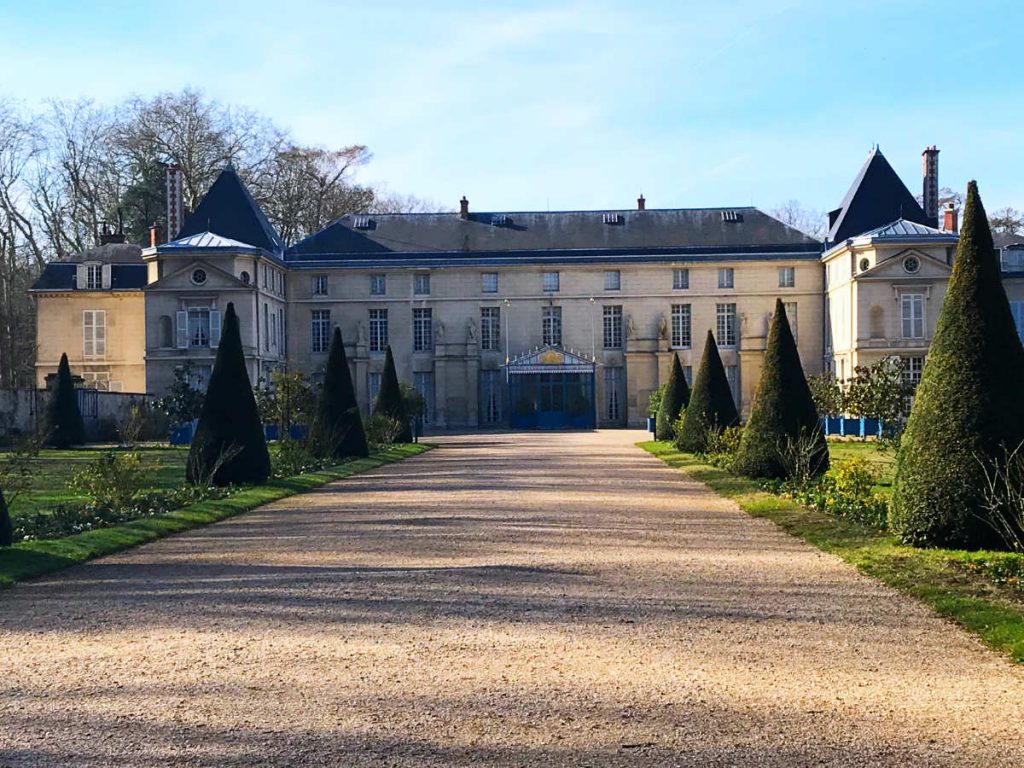
It was the home of Napoleon Bonaparte and his wife Josephine de Beauharnais, having later been sold to Napoleon III to keep it in the family. In 1870 the invading Prussian army ransacked the interior. After the French army took it back, and they set up a base at the Château.
14. Palais de Versailles was taken over as Prussian headquarters and hospital.
Another iconic building taken over by the Prussians was the Château de Versailles. The Prussian army turned the Palace of Versailles into its headquarters and turned the Hall of Mirrors into a hospital.
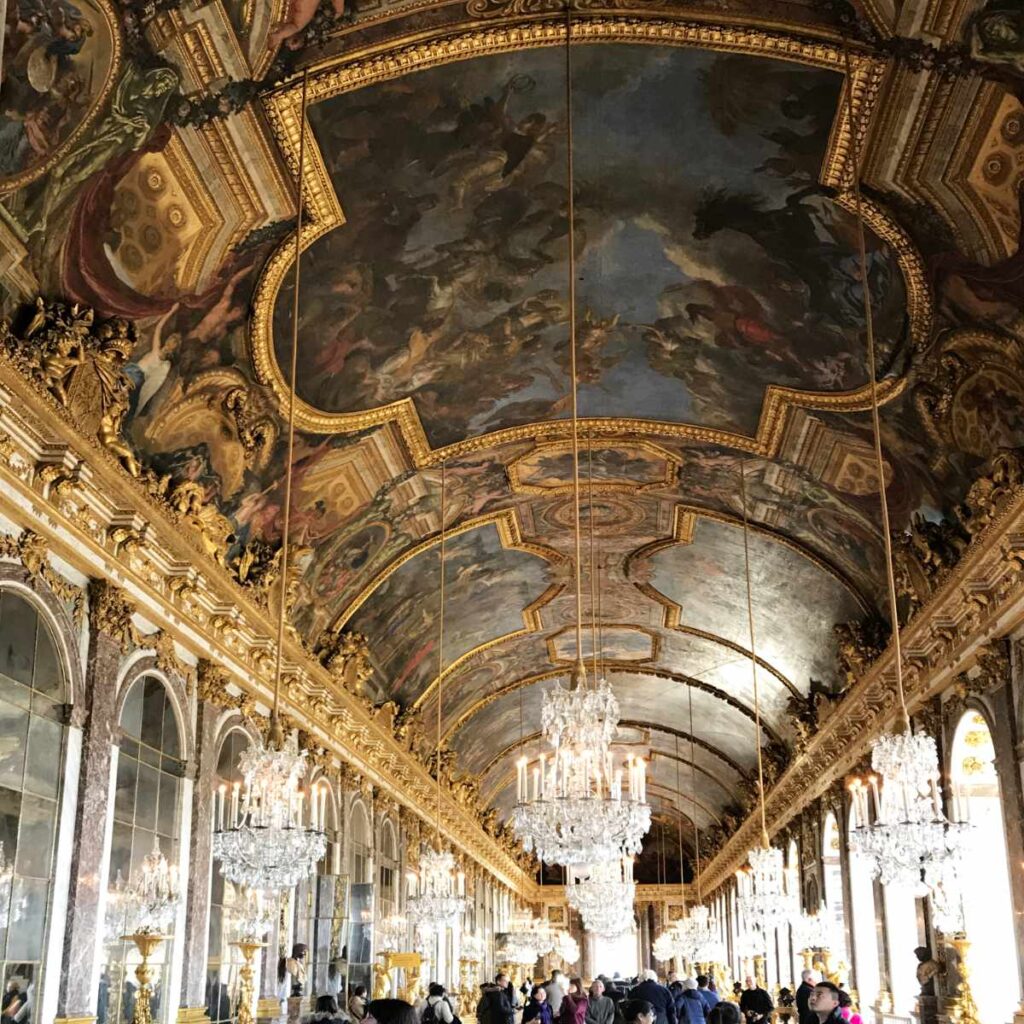
15. Paris surrendered after a four month seige.
After the four months, the supplies and morale of Parisians was starting to wear thin. On 25 January 1871, Wilhelm I and Bismarck ordered Paris to be bombarded with large-caliber Krupp siege guns.
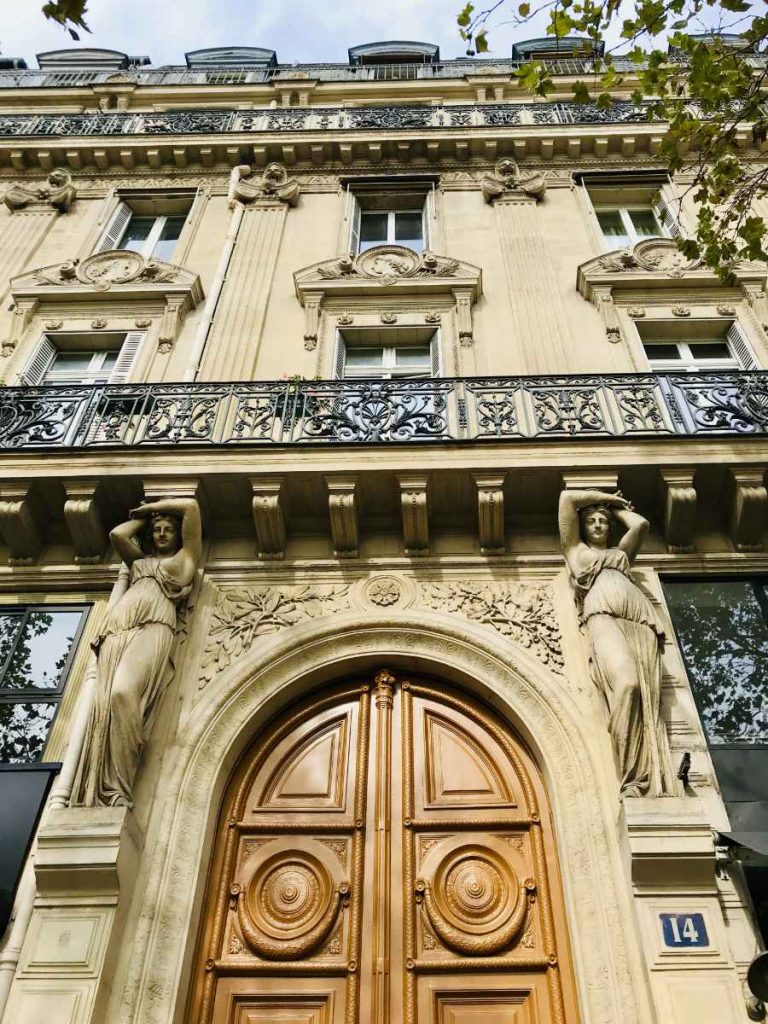
The Siege of Paris would end three days later on 28 January 1871 and ended in the capture of the city by Prussian and German forces. Food supplies from the U.K. and U.S. entered the city immediately to feed the starving Parisian population.
16. The Armistice was agreed to and Treaty of Versailles was signed.
As Paris was surrendering, the Prussian Grand Duke of Mecklenburg entered Rouen and agreed to the Armistice on January 28, 1871.
On 26 February 1871, the Treaty of Versailles of 1871 was signed at the Palace of Versailles to end the Franco-Prussian War. It was signed by Adolphe Thiers of the Third French Republic, whose failed idea it had been to build the Thiers wall around Paris.
It was ratified by the Treaty of Frankfurt on 10 May of the same year to confirm the supremacy of the German Empire, replacing France as the dominant military power on the European continent.
17. A new German Empire was born.
With the victory of the Prussians, the various German states agreed to unify. King Wilhelm I of Prussia was declared Kaiser of the newly created German empire in the Hall of Mirrors in the Versailles Palace.
Otto van Bismarck opted for an immediate truce rather than go after the French colonies, as his primary reason for war was the German unification which had now been accomplished.
The Hall of Mirrors was chosen as the spot to sign the treaty because of the painted panels on its ceiling which show various of the Sun King Louis‘s victories crossing the Rhine river and seizing Maastricht. The Hall of Mirrors would continue to be a flashpoint in French-German tensions.
18. France agreed to pay 5 billion franc war indemnity.
As part of the armistice and 1871 Treaty of Versailles, France agreed to pay a 5 billion franc war indemnity for the Prussians to ceasefire.
The indemnity was proportioned to be the exact equivalent to the indemnity imposed by Napoleon Bonaparte on Prussia in 1807. It was just the latest in a series of treaties to be signed between France and Germany, at the time.
19. Alsace and parts of Lorraine became part of Germany.
Along with war indemnity, France had to agree to give up Alsace and parts of the surrounding area. This was an area that had been moving back and forth since the days of Charlemagne and his squabbling sons.
Strasbourg which had been heavily bombarded, Colmar and neighbouring towns in Moselle and Lorraine were all absorbed into the new German Empire.
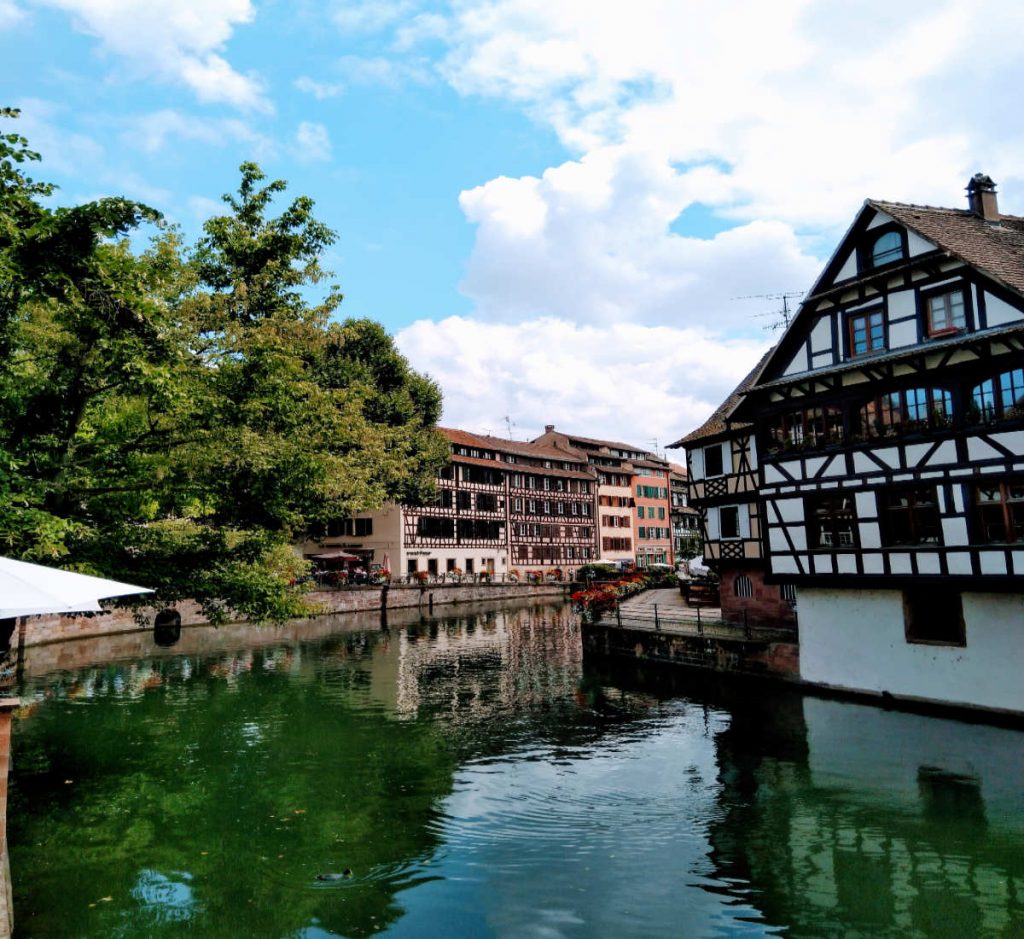
It was the start of a span of 70 years, when Alsace changed hands 4 times due to the Franco-Prussian War (1870), WWI (1914-1918) and WWII (1939-1945).
The locals in the region changed nationality so often, the food, culture, and language became deeply intertwined between the two. Even today, the people of Alsace speak a German-influenced language called Alsatian which is officially recognized as a regional language in France.
20. The German army marched around the Arc de Triomphe.
On 1 March 1871 the Imperial German Army paraded through Paris to mark their victory in the Franco-Prussian War.
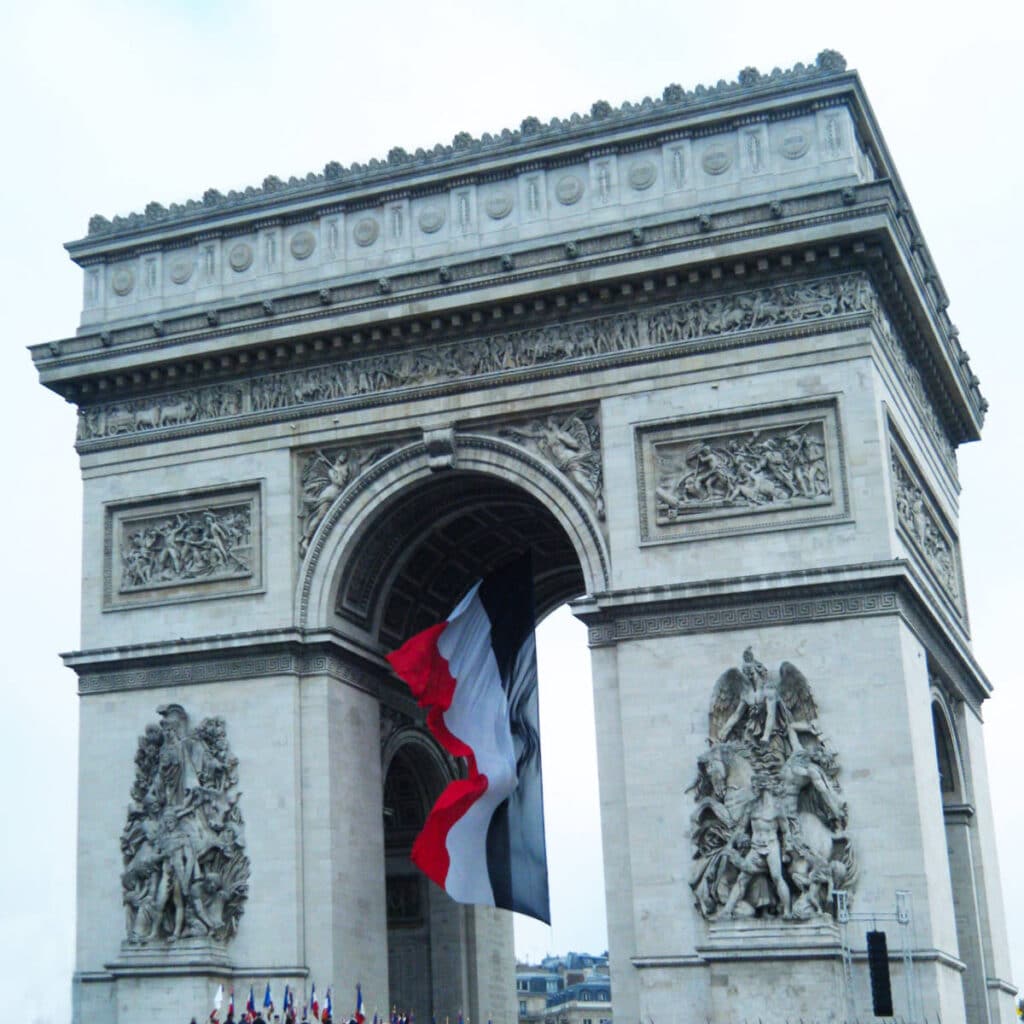
The Arc de Triomphe monument that was conceived by Napoleon Bonaparte had foreign soldiers marching through it and down its famous Champs Elysées as a sullen Parisian crowd watched.
The same day as the parade the French National Assembly voted to accept the Treaty of Versailles. This quick acceptance surprised the Germans, who had expected to remain in occupation of the city for a considerable period of time.
Upon acceptance of the treaty, the Germans left the city two days after the parade.
21. Emperor Napoleon III remained in exile.
After the Franco-Prussian war, Napoleon III was kept in Germany for a some time in case Bismarck had need of him to head the French regime. He later died in exile in England in 1873, at the age of 64.
22. Otto van Bismark was highly celebrated.
After the Franco-Prussian war, Bismark negotiated several treaties to try to avoid a new European war, and further entanglements with France. He became Chancellor of the new German Empire, a position he held for two decades.
During this period, he mostly managed to keep the peace and avoid entering German troops into other wars. He also negotiated several accident and illness social protections, making him a towering figure in German history.
There are many monuments devoted to Bismark all across Germany. Unfortunately, his legacy was used as a rallying cry by the German Reich during the 1930s and World War II, due to his swift and complete victory in 1870.
23. The Place de la Defense commemorates Paris’s defenses.
The statue of La Defense in Place de la Defense outside Paris pays tribute to those who fought in the Siege of Paris and the Franco-Prussian war.
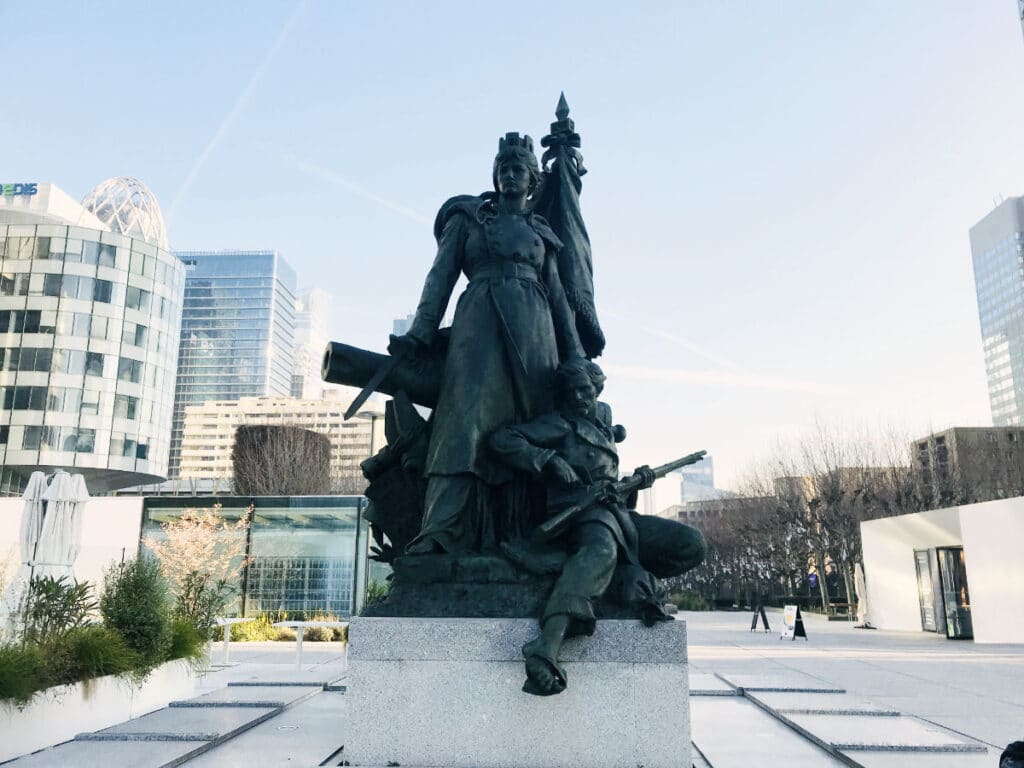
The area La Défense is named after the statue of La Défense de Paris by Louis-Ernest Barrias, which was erected in 1883.
24. The Paris Commune riots broke out in 1871.
In the aftermath of the Franco-Prussian war and the war indemnity France was required to pay, French society was in turmoil. In 1871, local riots led by the working-class occurred all across Paris and especially in Montmartre during a period known as the Paris Commune riots.
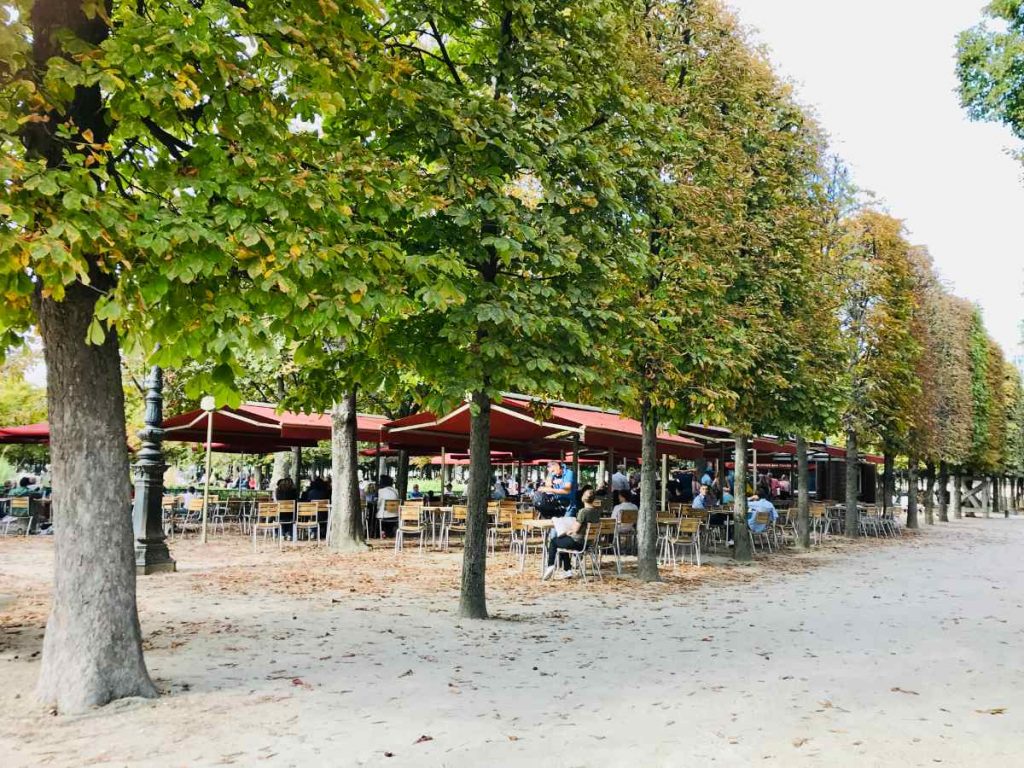
Large portions of the city were ransacked between 18 March to 28 May 1871. Among the destruction, was the burnt down the royal residence in Paris, the Tuileries Palace, which had been the home of several monarchs, including Napoleon III.
25. Margarine was invented during the war.
An interesting side note about the Franco-Prussian war is that it led to the French invention of margarine. Emperor Napoleon III of France had offered a prize to anyone who could make a satisfactory butter alternative.

With milk and butter being in shortage, margarine was created from beef tallow by chemist Hippolyte Mège-Mouriès to feed soldiers in difficult times.
26. The Sacre Coeur Basilica was built due to France’s loss in the war.
The suggestion to build a church in Paris came from Felix Fournier, the Bishop of Nantes, following the defeat of France against the Germans. He first proposed it on September 4, 1870, just months after the French surrender.
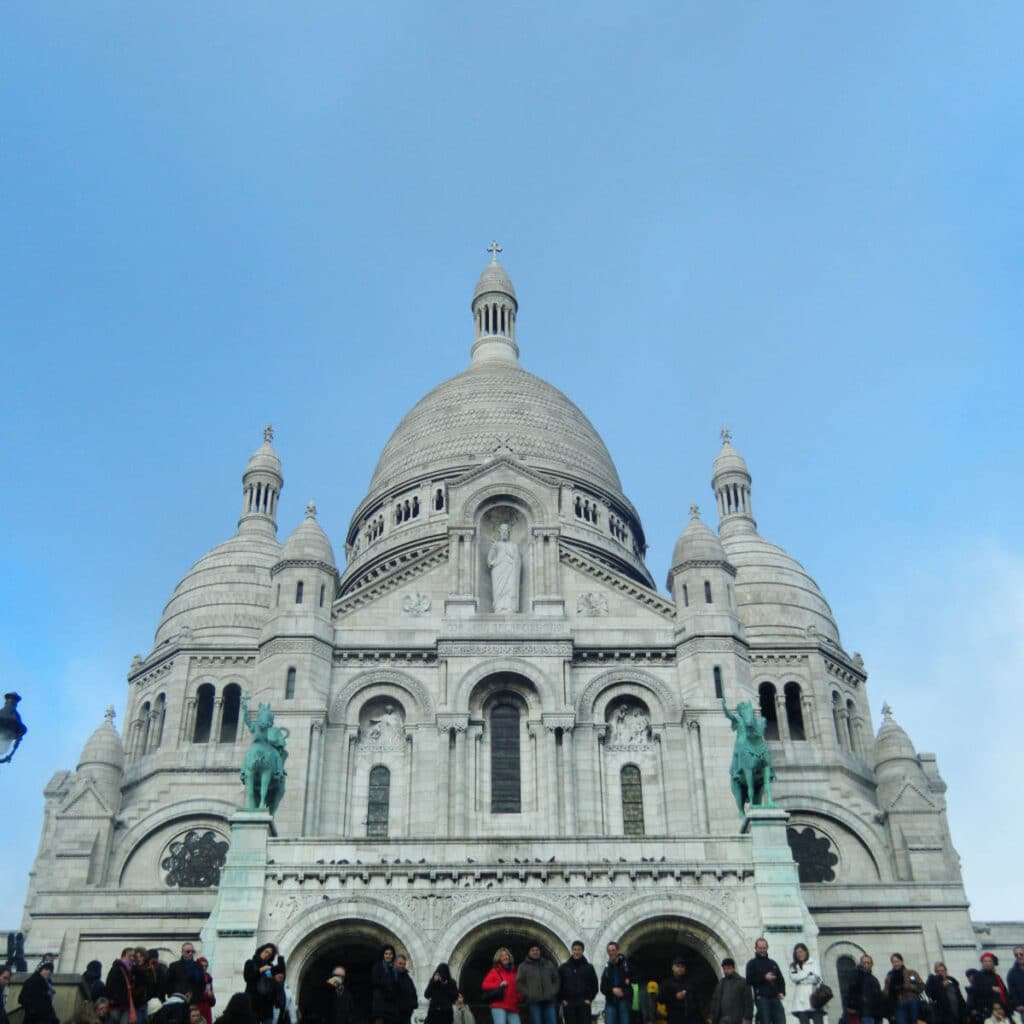
The Bishop felt that that the defeat of France was a “divine punishment for the moral decline of the country,” and advocated it as such with his allies in front of the Assemblée Nationale.
27. Metro stations in Paris were named after it.
On 19 January 1871, the day after Wilhelm I was proclaimed German Emperor, French military leader Louis Jules Trochu led the final attack of the war.
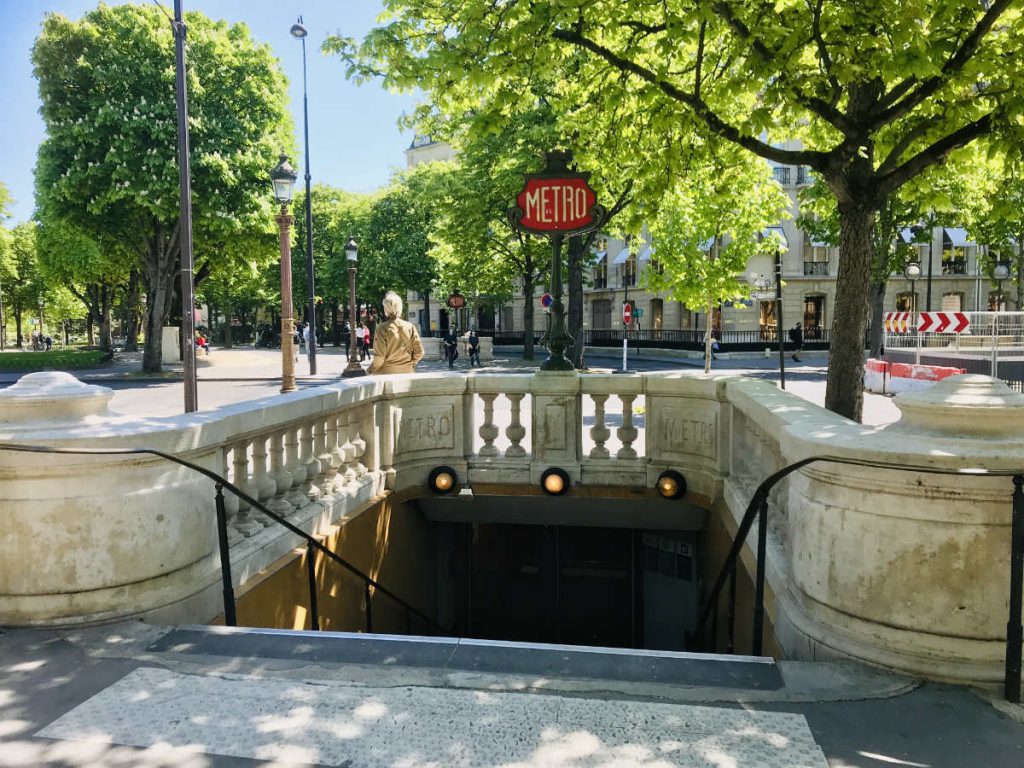
He and his men attacked the Germans west of Paris in Buzenval Park in vain. Buzenval today is a the name of a Paris metro station on Line 9 in honor of his efforts.
28. Several poems were written about the war.
In his poem “Paris blocked, collection the Terrible Year” which was published in 1872, famed French writer and politician Victor Hugo laments over the death and destruction caused during the Siege of Paris.
But perhaps the most famous poem to come out of this era was Le Dormeur du Val which was written in 1870 at the height of the Franco-Prussian war. The poet, Arthur Rimbaud was 16 years old when he wrote this poem, too young to join the army.
| French Poem | English Translation |
|---|---|
| C’est un trou de verdure où chante une rivière, Accrochant follement aux herbes des haillons D’argent ; où le soleil, de la montagne fière, Luit : c’est un petit val qui mousse de rayons. | It’s a green hole where a river sings, As it madly hangs onto the wild grass, Of silver; where the sun, from the proud mountain, Shining: it’s a little valley bubbling with light. |
| Un soldat jeune, bouche ouverte, tête nue, Et la nuque baignant dans le frais cresson bleu, Dort ; il est étendu dans l’herbe, sous la nue, Pâle dans son lit vert où la lumière pleut. | A young soldier, open mouth, bare head, And neck bathing in the sweet blue watercress, Sleeping; he is stretched out among the grass, under the cloud, Pale in his green bed where the light rains. |
| Les pieds dans les glaïeuls, il dort. Souriant comme Sourirait un enfant malade, il fait un somme : Nature, berce-le chaudement : il a froid. | Feet in the gladiolas, he sleeps. Smiling like An ill child would smile, he takes a nap: Nature, cradle him in warmth: he is cold. |
| Les parfums ne font pas frissonner sa narine ; Il dort dans le soleil, la main sur sa poitrine, Tranquille. Il a deux trous rouges au côté droit. | Fragrances don’t make his nostrils quiver: He sleeps in the sun, one hand on his chest, Motionless: he has two red holes in his right side. |
This would become one of the most famous French songs of all time, with many adaptations, from classic male singer Michel Sardou to French rappers Booba and MC Solaar.


If you enjoyed this article, you may like to read more about the monarchy in France. A bientôt!
